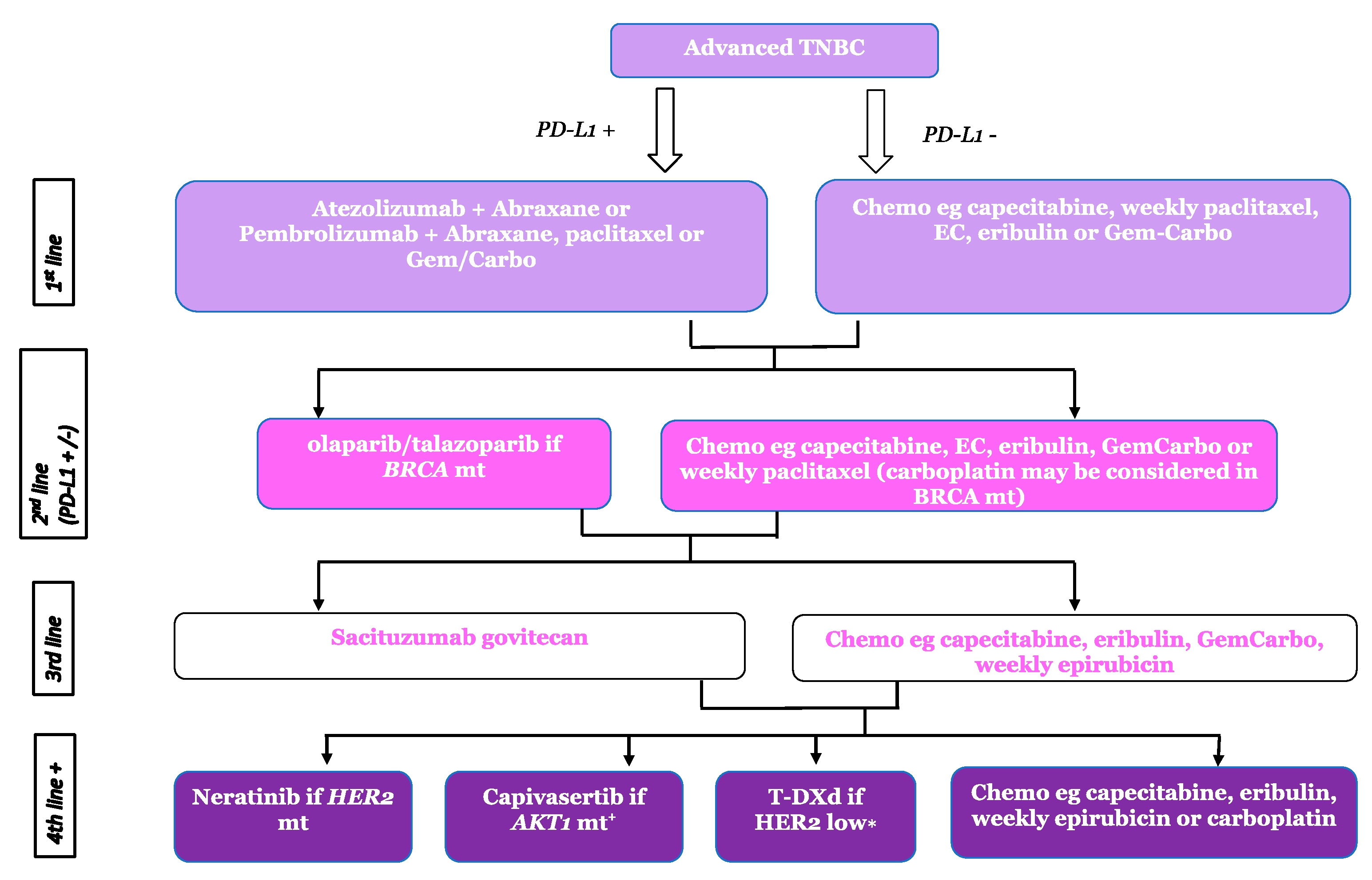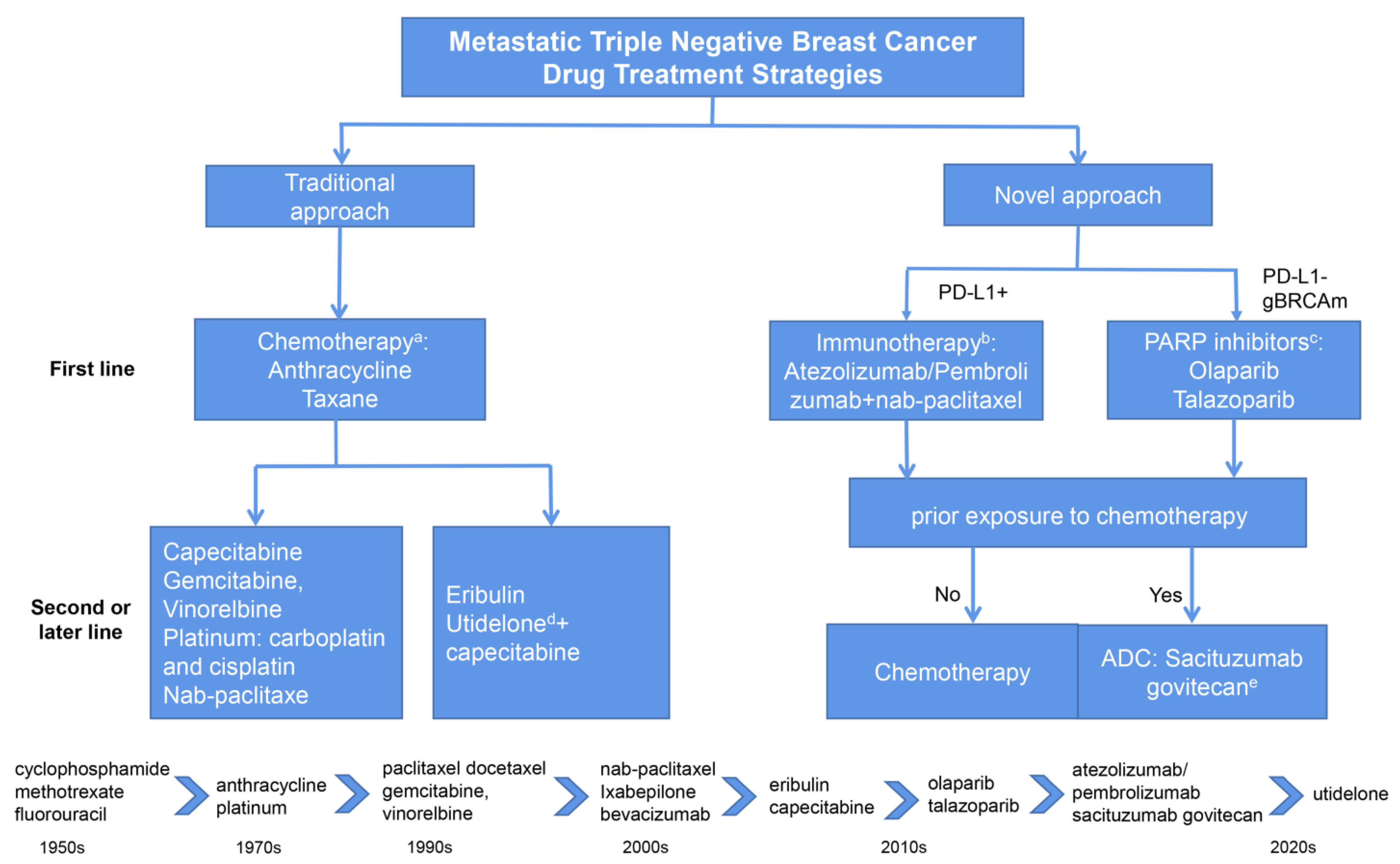Understanding TNBC: A Deep Dive into Triple-Negative Breast Cancer
Triple-Negative Breast Cancer (TNBC) is a complex and aggressive form of breast cancer that requires a nuanced understanding. This article aims to provide a comprehensive exploration of TNBC, offering valuable insights into its characteristics, diagnosis, treatment options, and ongoing research efforts.
Key Takeaways
- TNBC is a subtype of breast cancer that lacks estrogen, progesterone, and HER2 receptors, which makes it more challenging to treat.
- It accounts for approximately 10-20% of all breast cancer cases.
- TNBC is more prevalent in younger women, particularly those of African descent.
- Current treatment strategies primarily involve surgery, chemotherapy, and radiation therapy, with ongoing research into targeted therapies.
- Early detection and personalized treatment plans are crucial for improving outcomes in TNBC patients.

What is TNBC?
Triple-Negative Breast Cancer, commonly referred to as TNBC, is a subtype of breast cancer characterized by the absence of three key receptors: estrogen, progesterone, and HER2. These receptors are typically targeted in other types of breast cancer treatments, making TNBC more challenging to treat. TNBC accounts for approximately 10-20% of all breast cancer diagnoses, and it is known for its aggressive nature and higher likelihood of recurrence.
Characteristics of TNBC
TNBC is unique in its biological behavior, and understanding its characteristics is vital for effective management. Here are some defining features of TNBC:

- Aggressiveness: TNBC tends to grow and spread more quickly than other breast cancer types, necessitating prompt and comprehensive treatment.
- Lack of Targeted Receptors: The absence of estrogen, progesterone, and HER2 receptors means that hormone therapies and HER2-targeted treatments are ineffective.
- Higher Recurrence Risk: TNBC has a higher risk of recurrence, particularly within the first three years after diagnosis.
- Demographic Variations: TNBC is more prevalent among younger women, particularly those of African descent or with BRCA1 gene mutations.
Diagnosis of TNBC
Diagnosing TNBC involves a combination of imaging tests, biopsies, and receptor status testing. Here’s a step-by-step overview of the diagnostic process:
- Imaging Tests: Mammograms, ultrasounds, and MRIs are used to identify suspicious areas in the breast.
- Biopsy: A biopsy involves taking a sample of breast tissue to examine under a microscope for cancer cells.
- Receptor Status Testing: Pathologists test the cancer cells for the presence of estrogen, progesterone, and HER2 receptors. A negative result for all three confirms a TNBC diagnosis.
Treatment Options for TNBC
While TNBC lacks the targeted treatment options available for other breast cancer types, several strategies are employed to manage the disease effectively. Treatment plans are often personalized based on the stage and characteristics of the tumor, as well as the patient’s overall health and preferences.
Surgery
Surgery is a common initial treatment for TNBC, aiming to remove the tumor and surrounding tissue. Options include:
- Lumpectomy: Removal of the tumor and a small margin of surrounding tissue.
- Mastectomy: Removal of the entire breast, often recommended for larger or multiple tumors.
Chemotherapy
Chemotherapy is a cornerstone of TNBC treatment, often administered before (neoadjuvant) or after (adjuvant) surgery to reduce the risk of recurrence. It involves the use of drugs to kill cancer cells or stop their growth.
Radiation Therapy
Radiation therapy uses high-energy rays to target and destroy cancer cells remaining after surgery. It is particularly beneficial for patients who have undergone a lumpectomy.
Emerging Treatments and Research
Ongoing research is crucial for improving TNBC outcomes, with several promising areas of investigation:
- Immunotherapy: This approach aims to harness the body’s immune system to fight cancer cells more effectively.
- PARP Inhibitors: These drugs target cancer cells with specific genetic mutations, such as BRCA1 or BRCA2.
- Targeted Therapies: Researchers are exploring new drugs that target specific pathways involved in TNBC growth and spread.
Living with TNBC: Support and Resources
A TNBC diagnosis can be overwhelming, but numerous resources and support systems are available for patients and their families. These include:
- Support Groups: Connecting with others who have experienced TNBC can provide emotional support and practical advice.
- Counseling Services: Professional counseling can help patients cope with the emotional and psychological challenges of a cancer diagnosis.
- Patient Advocacy Organizations: These organizations offer educational resources, financial assistance, and advocacy for breast cancer patients.

Triple-Negative Breast Cancer is a challenging and aggressive form of breast cancer, but understanding its unique characteristics and exploring available treatment options can empower patients and their families. With ongoing research and advancements in treatment strategies, there is hope for improved outcomes and a brighter future for those affected by TNBC. Early detection and personalized care remain crucial components in the fight against this disease.